FORT SAM HOUSTON, Texas -- The combat medic is the foundation for medical care on the battlefield.
In October 2001, an eight-year transformation began to reengineer the 91B combat medic and 91C licensed practical nurse Military Occupational Specialties into the credentialed 68W (Healthcare Specialist) combat medic of todayAca,!a,,cs Army.
A ceremony was held March 9 at Fort Sam Houston to celebrate the eight-year transformation.
Since the inception of the Army, combat medics have served well, said U.S. Army Medical Command, Command Sgt. Maj. Althea Dixon.
Dixon commented that this year is the 123rd anniversary of the Hospital Corps. She also explained the early beginning of the combat medic.
Aca,!A"Today the Army has a superior and trained combat medic,Aca,!A? she said.
Aca,!A"Many people misunderstand; this was not in response to 9/11,Aca,!A? said Lt. Gen. Eric Schoomaker, Army surgeon general and commander, U.S. Army Medical Command.
Aca,!A"The wheels of change that had to be put in place to convert the second largest Military Occupational Specialty in the Army, second only to the 11 Bravo infantry Soldier, could not have started on a dime. It took enormous vision and remarkable energy and trust on the part of the rest of the Army,Aca,!A? he said.
Aca,!A"The two gentlemen who were the architects and engineers of this remarkable transition are sitting in the front row, [retired] Commander Sgt. Maj. Jim Aplin and his surgeon general at the time, [retired] Lt. Gen. Jim Peake.Aca,!A?
Aca,!A"I take a lot of pride Aca,!" less credit Aca,!" then pride, in this whole transformation that has gone on, that we are celebrating today,Aca,!A? said Peake, former secretary of the Department of Veteran Affairs and also a former Army surgeon general.
Aca,!A"We say this has been going on since 2001, in fact, it really did start several years before that.Aca,!A?
Peake credited several people within the Army Medical Department and throughout the Army for the transformation.
Aca,!A"Like everything in the Army that is good, it gets better by the hands that touch it along the way,Aca,!A? Peake said.
Initial Entry Training was expanded from 10 weeks to 16 weeks and 68W medics become fully qualified and certified as Emergency Medical Technicians as part of the reengineering of the course.
Peake gave praise to the reservists saying, Aca,!A"If there was any part of our Army that this was really hard for it was the reserve components that had limited time to train but had to upgrade their skills and get EMT certified.Aca,!A?
The transition began in October 2001 with a completion goal of September 2007 for active duty components and September 2009 for reservists and guardsman.
Currently there are more than 37,000 active and reserve combat medics in the Army. Most active duty combat medics have completed the transition along with more than 90 percent of those in the Army Reserve and National Guard.
Sustainment requires 68Ws annually validate their skills through continuing education programs. They must also recertify with the National Registry of Emergency Medical Technicians every two years.
During the ceremony, Master Sgt. James Kinser, 232nd Medical Battalion, narrated a demonstration of combat medic skills on the battlefield.
The demonstration highlighted the differences between the 91B combat medic and the 68W combat medic of today.
The medics of the 68W generation are trained to perform advanced airway skills, hemorrhage control techniques, manage shock and evacuate injured Soldiers as quickly as possible.
Aca,!A"With the reengineering of the combat medic we not only have made improvements in the treatment techniques we have also gained a significant decrease in the amount of time it takes to get our wounded off the battlefield,Aca,!A? Kinser said.
Aca,!A"The advances in medical techniques taught to our medics along with the adaptive tactical procedures provide our warfighters of today a 98 percent survival rate from combat injury,Aca,!A? he said.
The confidence our Soldiers have in their medics is extraordinary. The confidence our medics have in themselves is extraordinary, Peake said.
Aca,!A"Thank God this happened, because nine years into this war, if we had not had the skills of our combat medics I do not know how many more receptions we would be hosting at Dover, Delaware for Soldiers, Marines, Sailors and Airman who have not survived without the presence of our combat medics,Aca,!A? Schoomaker said.
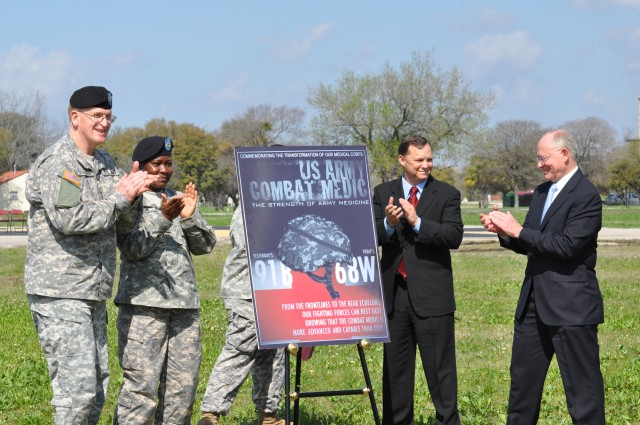
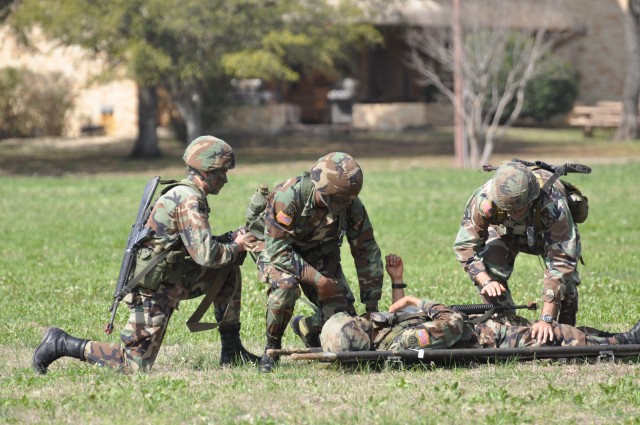
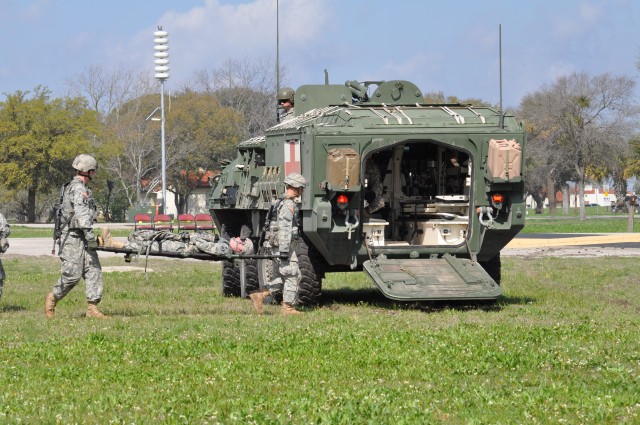
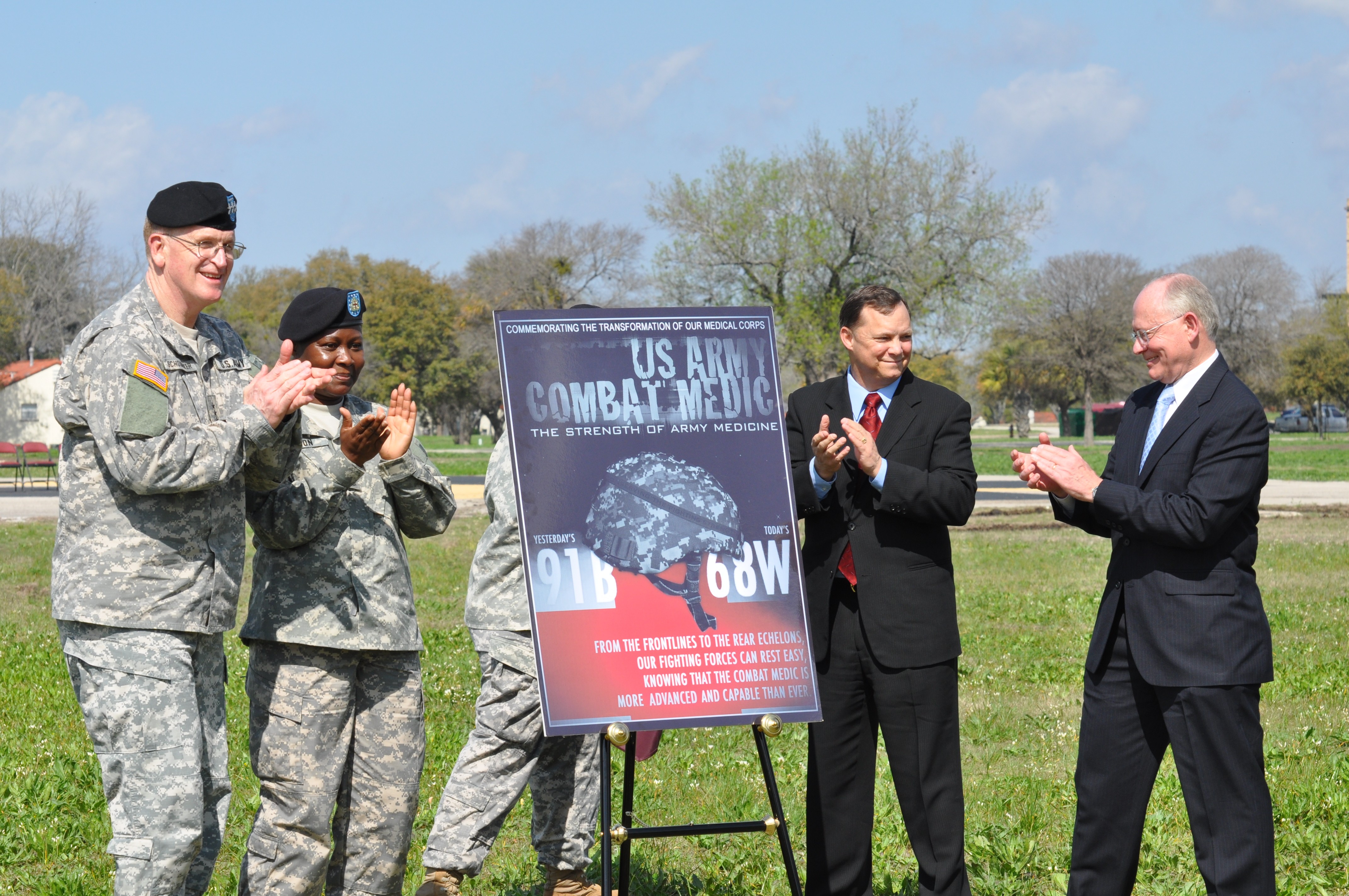
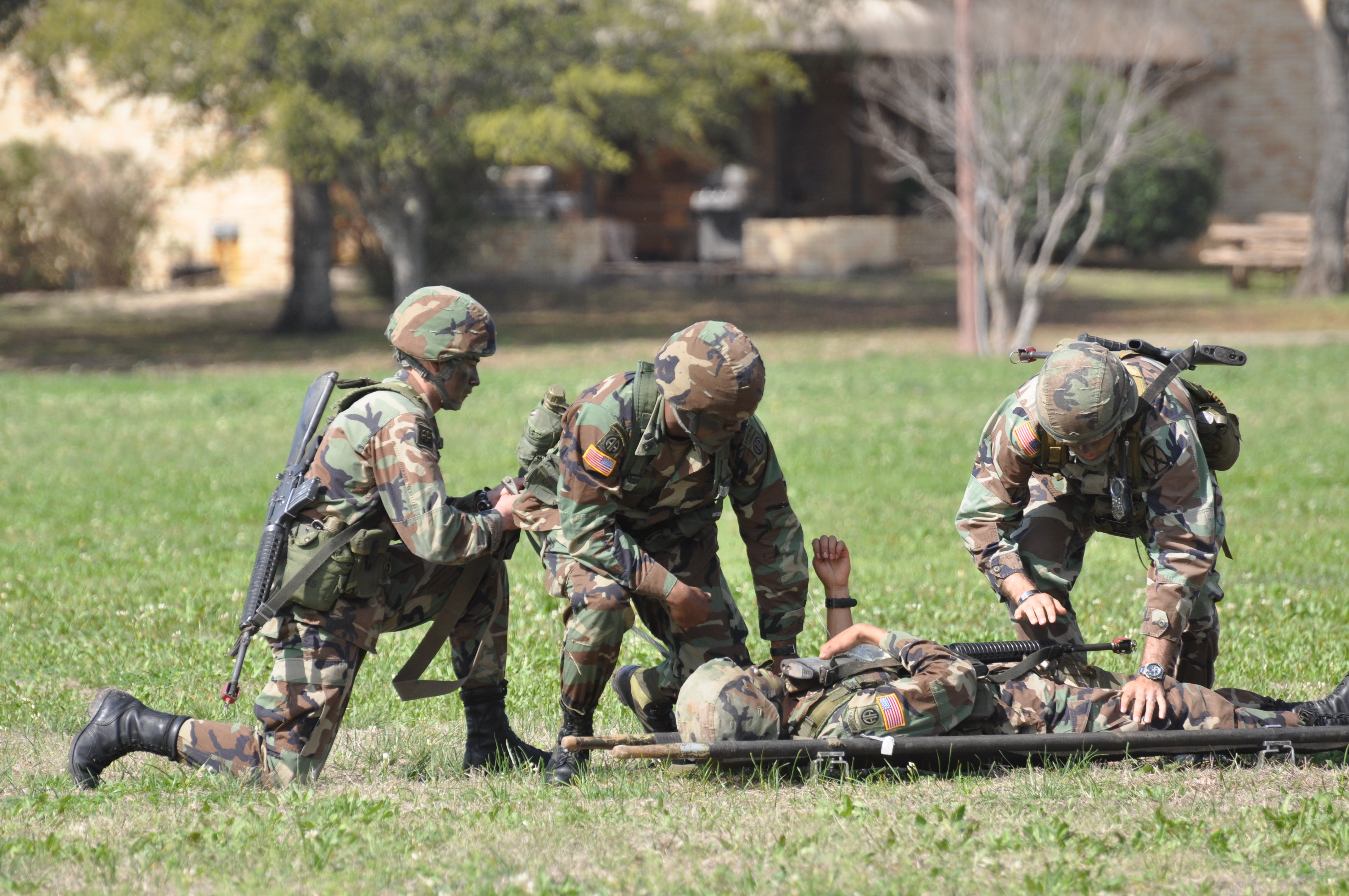
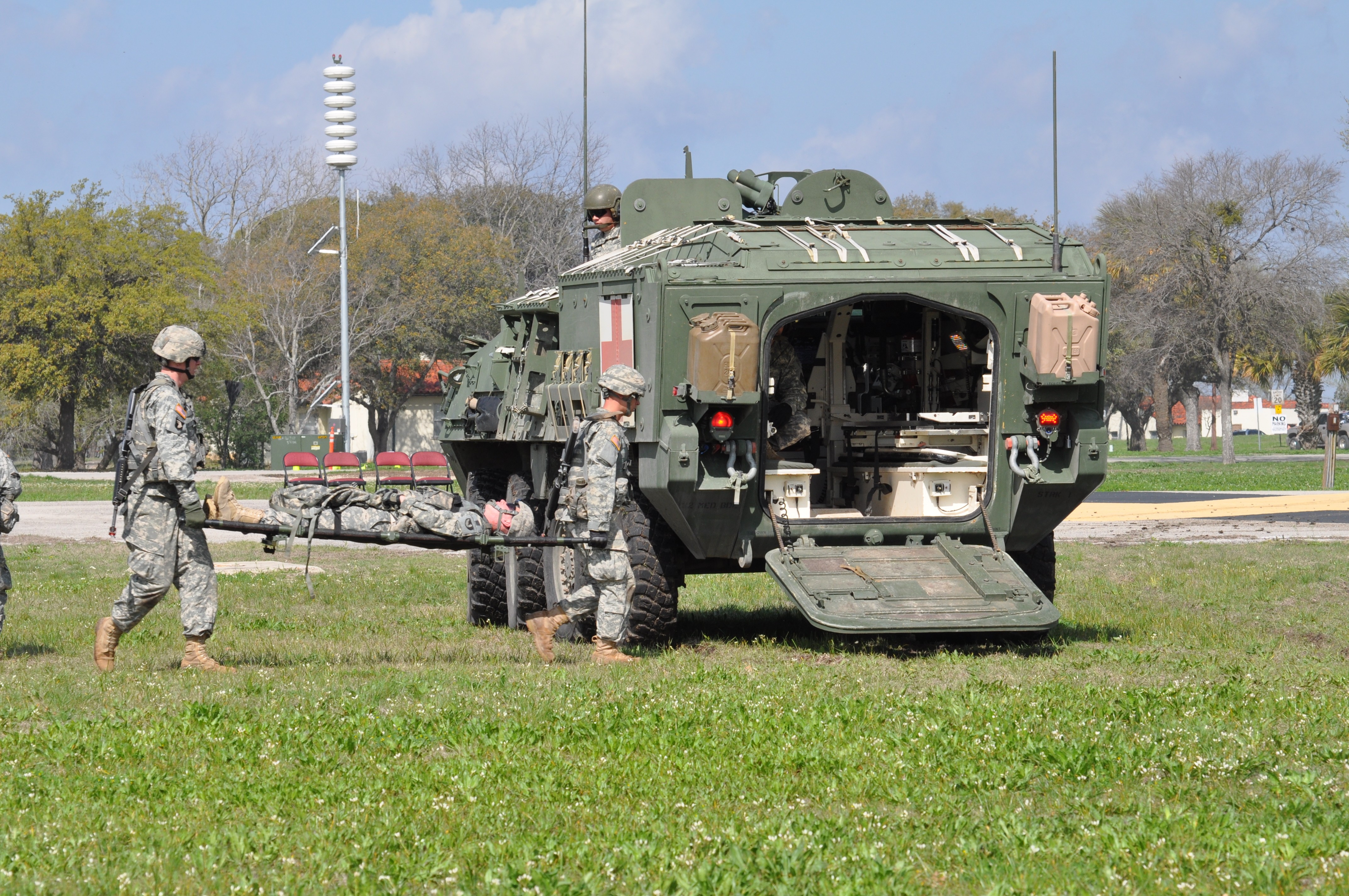
Social Sharing